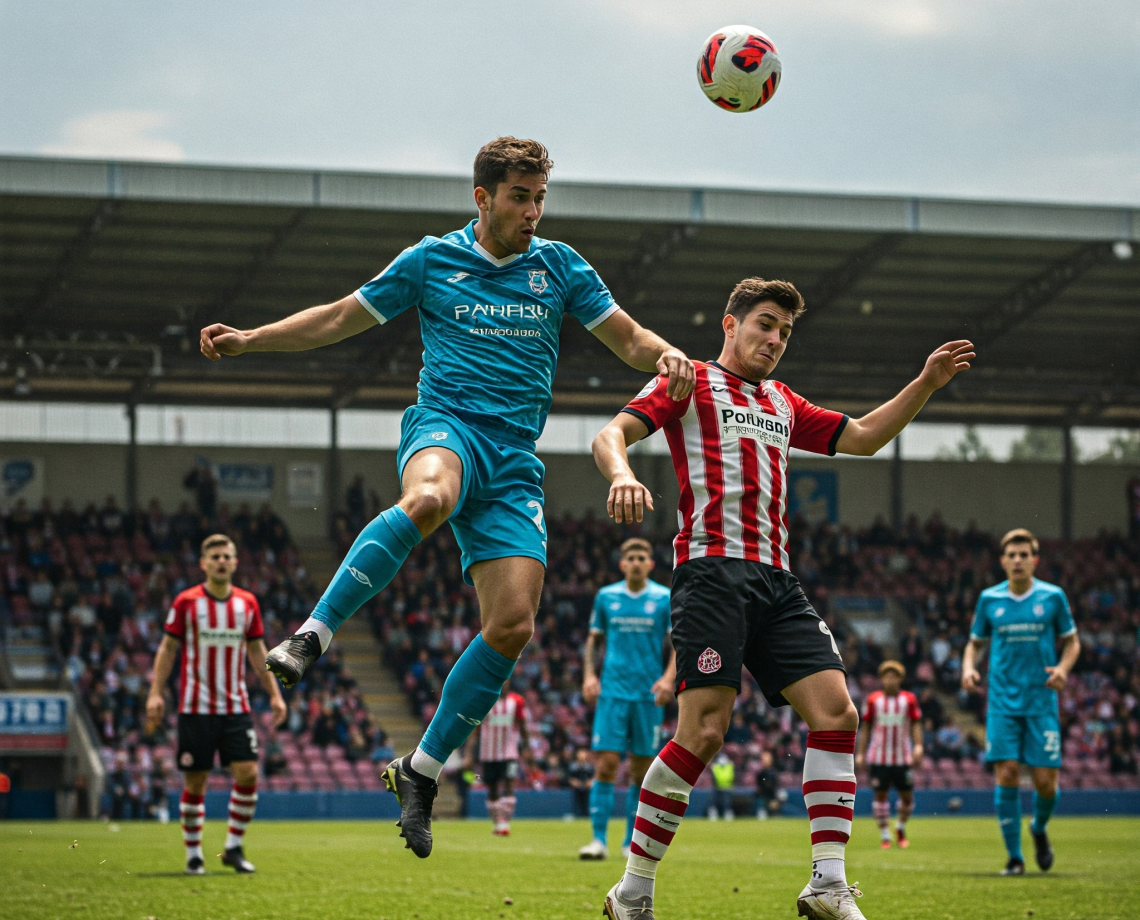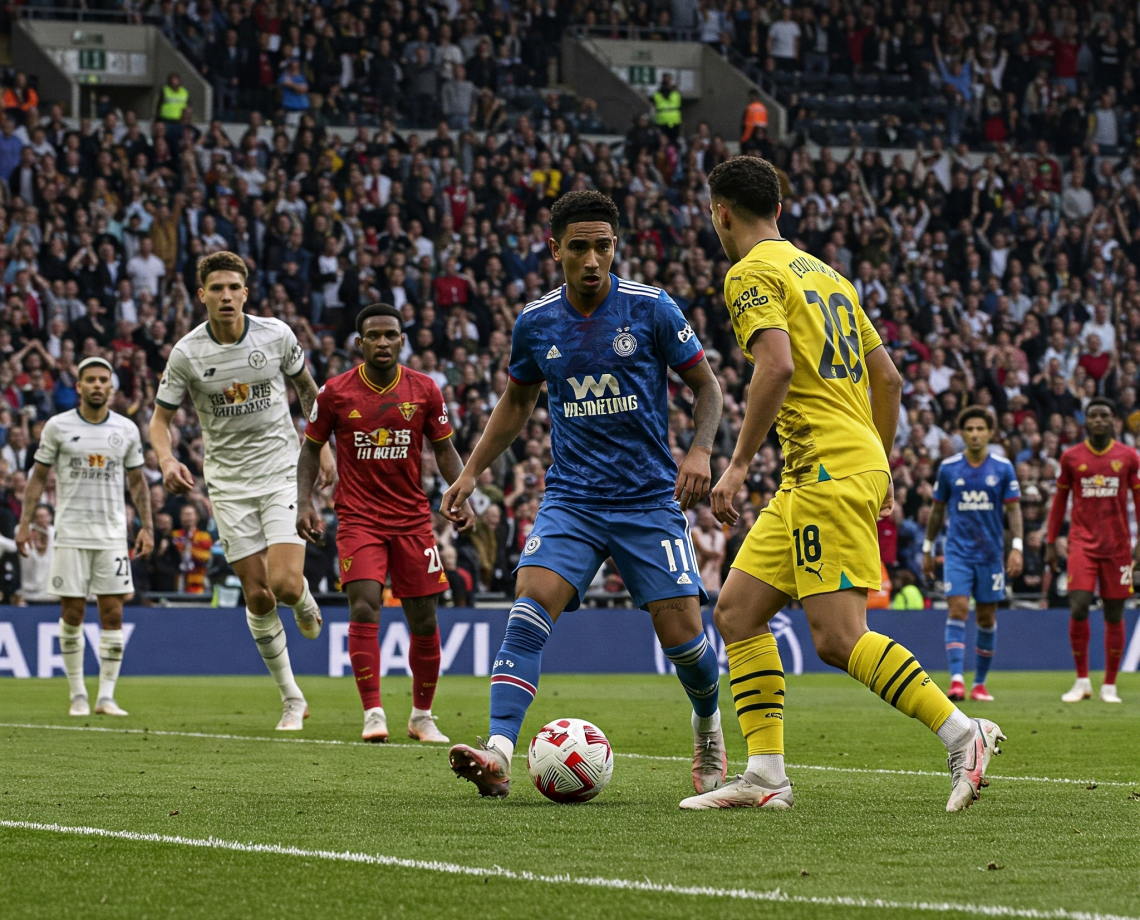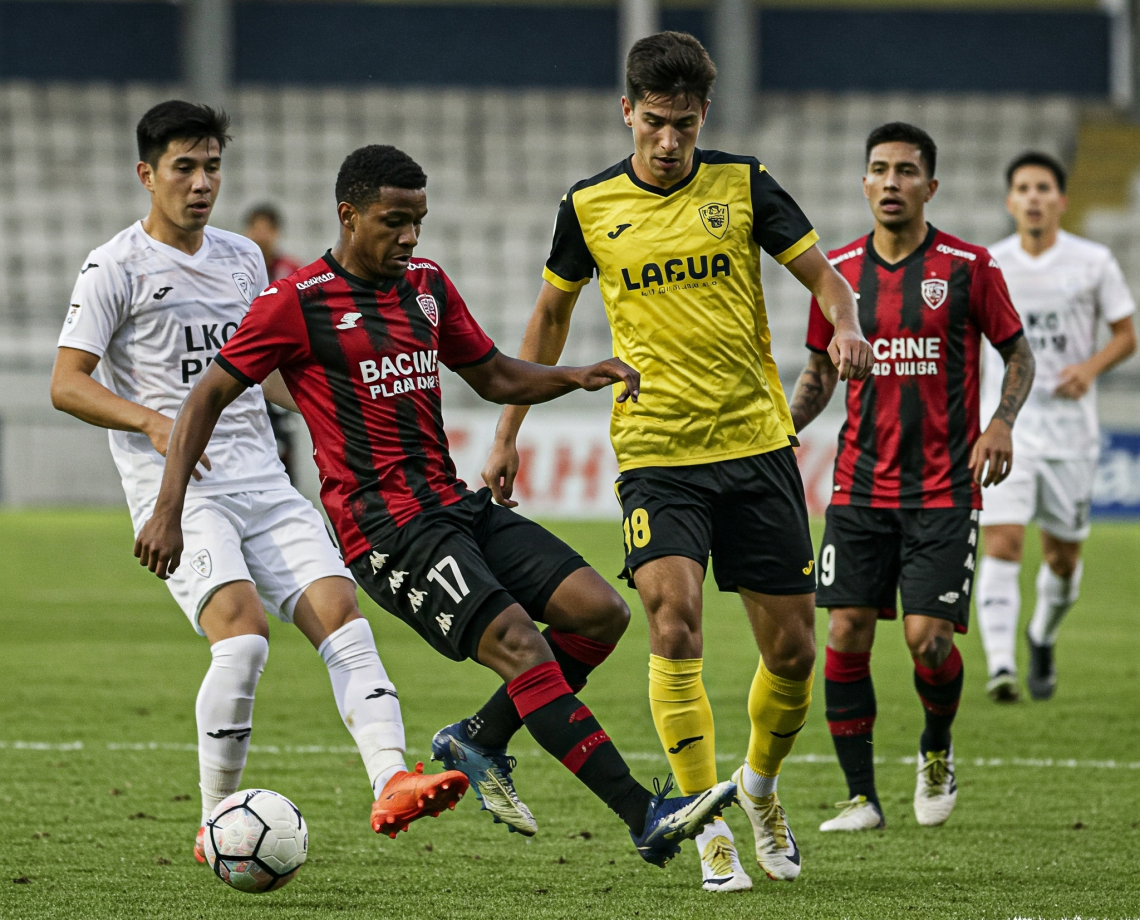The roar of the crowd has subsided, but the echoes of Real Madrid’s Champions League victory still resonate. Their triumph in the final wasn’t just a win; it was a statement, a testament to their enduring legacy in European football. This analysis delves into the tactical masterclass that secured their victory, exploring the key moments and strategies that defined their success. From the starting lineup to the final whistle, Real Madrid demonstrated a level of composure and tactical flexibility that proved too much for their opponents.
Carlo Ancelotti, ever the shrewd tactician, opted for a balanced approach, blending defensive solidity with attacking flair. The midfield, anchored by the experienced trio of Toni Kroos, Luka Modrić, and Casemiro, controlled the tempo of the game, dictating possession and stifling the opposition’s creative outlets. This midfield mastery allowed Real Madrid to dominate crucial phases of the match.
Defensively, Real Madrid were resolute, with Éder Militão and David Alaba forming an impenetrable partnership at the heart of the backline. Their ability to anticipate and neutralize the opposition’s attacking threats was crucial in maintaining a clean sheet. The full-backs, Dani Carvajal and Ferland Mendy, provided crucial width and defensive support, ensuring a compact and organized defensive unit.
In attack, Real Madrid showcased their clinical edge. Karim Benzema, leading the line, proved to be the decisive force, with his clever movement and clinical finishing proving too difficult to handle. Vinícius Júnior’s electrifying pace and trickery on the wings caused constant problems for the opposition’s defense, creating numerous scoring opportunities. The synergy between Benzema and Vinícius was a constant threat, and ultimately decisive in the outcome.
A key turning point in the game was the tactical adjustment made by Ancelotti in the second half. Recognizing the opposition’s growing pressure, he reinforced the midfield with fresh legs, introducing Eduardo Camavinga and Federico Valverde. This injection of energy helped Real Madrid regain control of the midfield battle and reassert their dominance.
The winning goal, a moment of brilliance from Benzema, exemplified Real Madrid’s attacking prowess. A perfectly timed run, a deft touch, and a clinical finish secured the lead and ultimately the Champions League crown. The stadium erupted, and the players celebrated a victory born from tactical discipline and individual brilliance.
Beyond the tactical intricacies, Real Madrid’s victory was also a product of their experience and mental fortitude. Having navigated through numerous high-pressure matches throughout the competition, they possessed a calmness and belief that proved invaluable in the final. Their ability to remain composed under pressure and execute their game plan flawlessly was a testament to their championship pedigree.
This Champions League triumph adds another glorious chapter to Real Madrid’s rich history. It cements their status as one of the greatest clubs in the world and a force to be reckoned with in European football. The victory was a collective effort, a result of tactical genius, individual brilliance, and unwavering belief. As the celebrations continue, one thing is clear: Real Madrid’s reign at the top is far from over. Their legacy continues to grow, fueled by success and a burning desire to conquer Europe.



